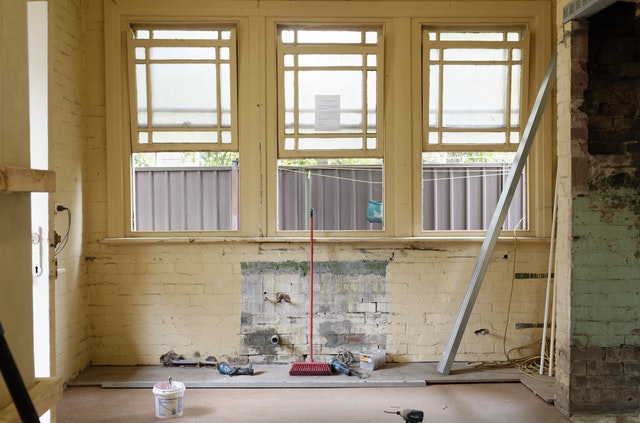
How to Deal with Mold When you find it During a Renovation?
A renovation can uncover your home’s hidden secrets. It’s good if the hidden secret is a forgotten stash of money. Other times, you might get a bad surprise. You may find that there’s mold growing in your house.
So you might be thinking about what you need to do when you find mold growing in your home?
The experts on mold inspection and testing, Markham Services, put together their knowledge to help you learn what to do when you find mold during a renovation project.
In what conditions does mold need to grow?
Bathrooms, attics, and cellars are regular places for people to discover mold during a house renovation. That’s because mold needs three things to grow: food, moisture, and a warm temperature.
In many cases, there’s water damage involved that could make the conditions more favorable for mold to grow. Pipe leaks, cracked shower walls, or a rotting roof may contribute to humidity that exceeds the recommended levels.
Some new homes are particularly susceptible to mold. They may be very energy efficient but there may be no cross-ventilation or drafts that would combat the trapped moisture. If you live in such a home, then it’s very important to regularly open the windows and let the fresh air enter the rooms.
How to deal with mold?
Suppose you find your renovation underway and then you find mold. Usually, it’s hidden behind drywall, under the flooring, or somewhere in the bathroom.
What do you do next?
Before you do anything else, it’s essential to understand the source of the incoming moisture. Mold will not grow without high moisture levels. Merely removing the mold while failing to address the underlying issues sets you up for a never-ending cycle of removal and regrowth.
After getting rid of the issue regarding extra moisture, you have two main options. Your first option is to contact a mold remediation expert from a trustworthy company.
The second choice means taking care of the situation yourself. This isn’t a good idea if the contaminated area exceeds 50 square feet. Extensive contamination requires an air quality test alongside a professional mold inspection.
Hiring a mold inspector doesn’t mean you’re attached to the company’s potential services. A real professional will tell you whether the mold can be taken care of as your individual project instead of just pushing their services straight away.
Ideally, the remediation should be kept separate from the inspection. Your inspector shouldn’t be selling any mold-fighting products. If so, this is a red flag.
What do I need to know for a DIY approach?
But what if it’s a minor contamination? Then you can do the work yourself, but there are quite a few tips to keep in mind. The most important thing is to prevent any cross-contamination from happening.
On the same level of importance is protecting yourself from the mold’s harm. Using a dust mask alongside protective gloves and goggles are absolutely essential.
Bleach is the best option for getting rid of the mold. The product needs to be a high-grade one because a diluted bleach won’t do the trick. All the stuff covered in mold needs to be plastic-wrapped before moving outside. Otherwise, you will just spread the mold around your home. Porous materials can’t be treated with bleach, though! You’ll just add moisture to their environment.
How to prevent mold after the renovation?
Here are some things that you can do to monitor the humidity levels in your home. You can start by purchasing a hygrometer. It is a good investment if you had mold problems in the past.
Allow fresh air to reach the rooms on a regular basis, weather permitting, of course. Do this by opening windows and doors to let the air in. Cross ventilation is an important process for keeping the air free from excess moisture.
Also, properly maintain the vapor barriers and other insulation. In the case of damage, you should get the insulation and barriers replaced as soon as possible.
You need to find all the suspect areas of your home that allow too much moisture to enter the rooms. Rotting roof, cracked foundation, and warped window panes all contribute to moisture taking over the living space.
And when you already have your house structure affected by leaks or flooding, then it’s wise to get them dried or replaced on the shortest notice. Otherwise, they become additional mold breeding grounds.
What’s the bottom line?
Mold needs immediate attention after discovering it while renovating your home. Failing to address the source of extra moisture leads you to remove mold on a regular basis.
After getting rid of the underlying issue, you have two options: deal with it yourself or hire a professional. When the contaminated surface exceeds 50 square feet, you are better off getting expert advice.
In other cases, you need to prevent cross-contamination, use high-grade bleach, and take steps to stop mold returning after the renovation has finished.
Credit: This post was written by Bill Hendrix of Markham Services.






